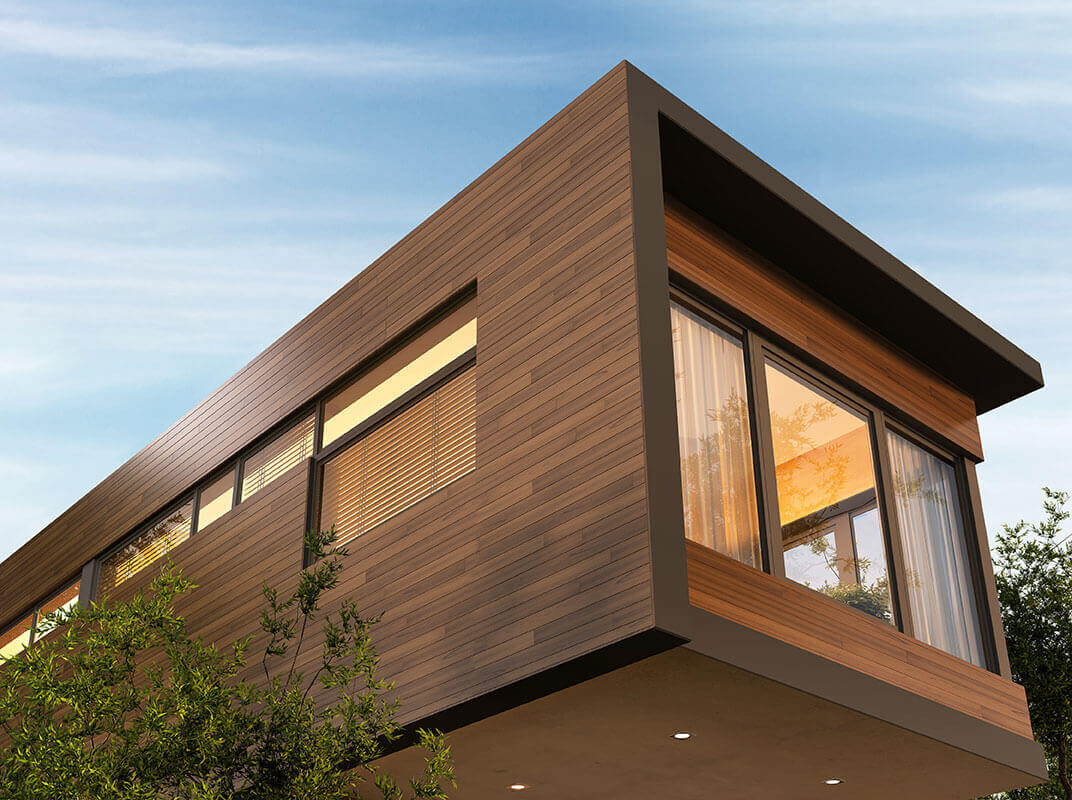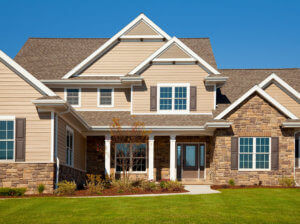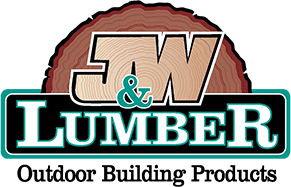
Exterior siding provides a protective barrier between your home’s structure and the outside environment. Choice of siding not only shields your house against the elements but also plays a huge role in determining its style and look. In this article we’ll take a look at the three main categories of siding to give you a better understanding of which option is best for you.
Wood Siding
Wood siding is the most traditional type of cladding for your home, since it has been in use the longest. Wood siding comes in lots of design options that each deliver a slightly different look. Here are some of the most common types:
- Clapboard (or Lap siding): Long, overlapping horizontal planks
- Rectangular Planking or Board and Batten: Vertically-installed overlapping planks
- Shingles: Overlapping individual shingles that create a traditional look
- Shakes: Similar to shingles, but with rougher edges and more variation in size for a rustic aesthetic
- Plywood: Plywood sheets usually made of pine, Western Red Cedar, or Douglas fir that cover large surface areas, usually trimmed with smaller strips
Lots of species make fantastic exterior siding, including exotic hardwoods like Ipe and Mangaris, rich domestics such as redwood, or affordable and attractive softwoods including the cedar family, pine, spruce and fir. Homeowners love wood siding because it creates an inviting, warm look. Of course, as a natural product, wood is subject to variations, including knots, striation and grain. However, these aspects also contribute to the uniqueness of wood cladding.
Though wood is a sturdy choice to protect your home’s exterior, regular maintenance is required to ensure that it keeps its integrity. Because wood is sold in raw form, it must be sealed properly before installation. Additionally, depending on the amount of sun, rain, snow or ambient moisture your cladding will be subject to, keep in mind that its finish—whether paint, stain or varnish—will need to be reapplied every few years to achieve the best look and most protection.
Read More: A Quick Overview to Buying Wood Siding.
Metal Siding
The two most common types of metal siding are aluminum, which comes in sheets that are designed to imitate wood planks, or corrugated steel, which features a much more industrial look. Both are resistant to rot and pests, which makes them among the lowest-maintenance options for exterior siding. While many homeowners choose metal siding for its aesthetic properties, it is also an excellent option for homes located in areas with high risk of fire, due to its resistance to flame.
Aluminum siding sheets can be ordered in your choice of color, eliminating the need to paint yourself. However, damage requires ordering an exact replacement, which can get tricky if the line you originally ordered from has changed or has been discontinued. That said, aluminum siding does accept paint easily, so you can always adjust the color of your metal siding if your tastes change over time or your original color is unavailable.
Meanwhile, corrugated steel siding is an exceptionally sturdy, long-lasting product that can be kept as a standard metal look, or treated to create a dappled, rust-like patina that integrates nicely with natural surroundings. While corrugated steel is treated to resist rust, even with oxidation-resistant treatment, steel can still rust over time; therefore, some maintenance may still be required.
Wood Alternative Siding
 Many alternative siding options have emerged onto the market, combining the aesthetic benefits of wood with smarter, lower-maintenance design.
Many alternative siding options have emerged onto the market, combining the aesthetic benefits of wood with smarter, lower-maintenance design.
Composite siding is manufactured from resins, waxes and wood fibers that are pressed into planks that feature a top protective coating that melds directly into the wood fiber. As a result, wood alternative siding is an incredibly durable choice that often behaves just like wood, without the added upkeep.
One of our favorite alternative products is LP SmartSide® from Louisiana Pacific. It’s an extremely durable, long-lasting siding that is available in 16-foot lengths (instead of the standard 12 feet). This extended length results in less seams, less waste and a more professional appearance, even if you’re installing it yourself.
Other fantastic composite siding options are the fiber cement Artisan® and Reveal® Panel System from the Asypre collection at James Hardie. Though a bit trickier to install (we recommend contracting a professional), the results you can achieve from each of these versatile lines of siding range from ultra-traditional to incredibly modern.
No matter which materials you select, re-cladding your house is a great way to freshen up its look. Keep in mind that you don’t have to re-surface the entire structure with the same material. Mixing and matching is a great way to break up large spaces and – depending on your materials – can save you money. Talk to the team at your local lumber store about the look you’re trying to achieve. They’ll help you determine the best materials for your budget and aesthetic.

Why isn’t Boral’s flyash siding not mentioned? That’s an alternative to fiber cement.
The way you described wood siding and the warm and cozy feeling it can bring to a house really caught my attention. I’ve always wanted people to think of my house as a very inviting place to live in so that both my family and whoever I invite over can feel welcome no matter how cold it is outside, especially during these recent months. If wood siding can do that for me, then I’ll look for any siding contractors that offer it right away.